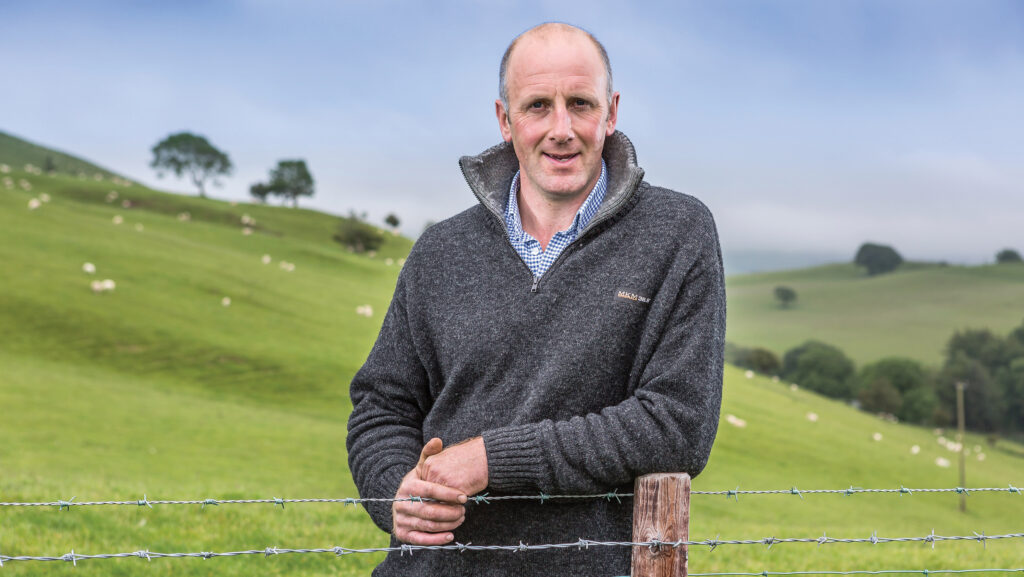Farmer Focus: Hoping for sunshine to help lambs finish
 Dafydd Parry Jones © Richard Stanton
Dafydd Parry Jones © Richard Stanton We started harvesting silage in early June. We put two fields into the pit. The red clover from last year’s reseedings was in more of an advanced stage compared to the other silage fields, and needed to be harvested.
Further delays in cutting the red clover beyond its optimum growing stage would weaken the plant.
The crop harvested first is placed right at the back of the pit, and is targeted for feeding young cattle in March to April to promote growth, before turnout.
See also: 5 ways to reduce assisted calvings for improved fertility
We went from fantastic grass growing conditions in May, to disappointing conditions in mid-June. We suffered close to a fortnight of cold winds that halted growth.
A batch of lambs was finished and taken to the slaughterhouse in early June. These were single lambs, which had been born in early March.
Considering the unfavourable weather conditions the lambs had experienced in their short life, I’m glad they were a weight and fat class to be slaughtered and take advantage of the good early season price.
When will the next load of lambs be off? I’m not quite sure. I think they need some warmth on their backs for a while to help the process.
Shearing is planned for the end of June. We will separate lambs permanently at this point.
The lambs stay in the field they were already in to reduce stress. Only the ewes are brought down the road to the sheds for shearing.
All ewes will be examined, and only the ones we need to keep will get a red mark. The old ewes will be sold as soon as possible.
We are a few months into a three-year project trialling new clovers bred here in Wales.
We have dedicated a small field on the farm, where seeds have been planted on 16 individual plots.
These will have to be closely monitored and grazed in a controlled fashion during the rest of the project. It will involve many other farms and industry partners around the UK.
I am very excited about the prospect of new clovers and plants being developed to enhance our ability to farm much more sustainably in the future.

